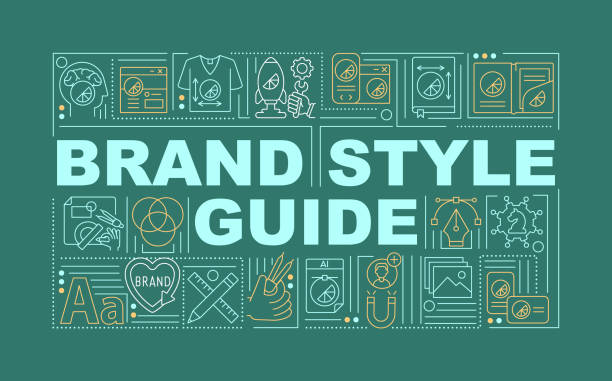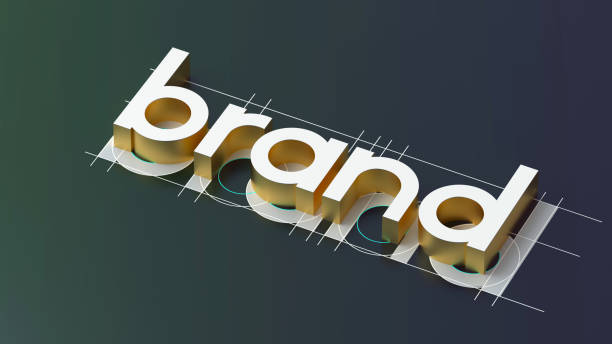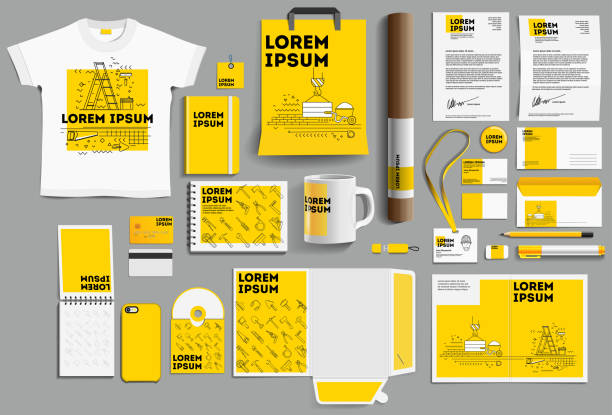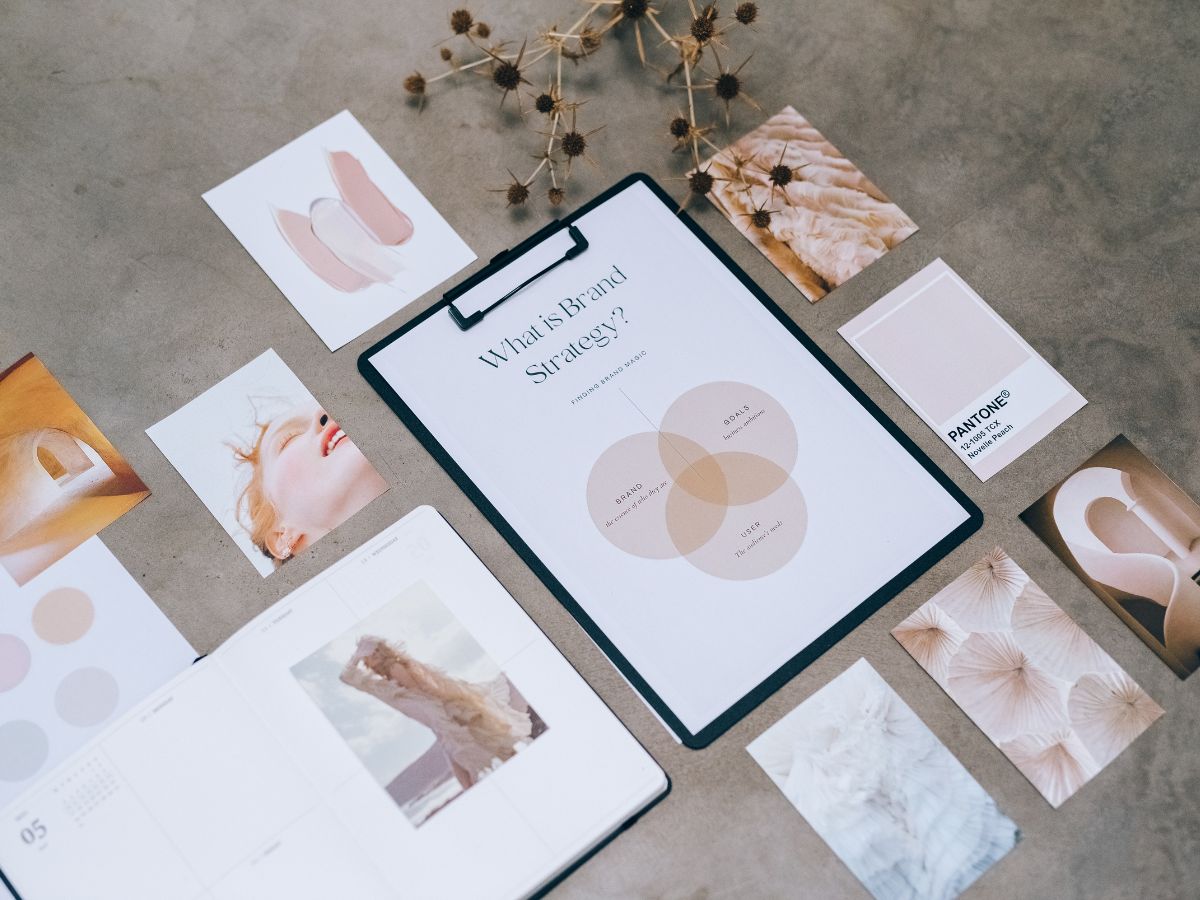How to Create a Brand Style Guide
A brand style guide is a document that outlines the design elements of your brand, including fonts, colors, and logos. A good style guide can be useful for both new employees who are learning about your company and for designers who need to know how existing assets should be used. Designers will find it easier to create cohesive-looking materials if they have a reference point to guide them in their work. It also gives employees a place where they can learn more about the look-and-feel of their company’s brand.
Table of Contents
Why You Need a Brand Style Guide
A brand style guide is a key tool for creating and maintaining consistency in your brand. It’s important to have one because it helps ensure that all your materials—from websites to social media posts, from ads to packaging—are recognizable, professional, and consistent.

Not only does this make you look more professional as a company, but it also helps you avoid confusing customers with different messaging or language on different channels. For example: If there’s an error on one of your product labels, it would be embarrassing if all the rest of them had the same error. The same goes for any other kind of content you publish online or off-line; having a single source for accurate information makes everything easier for everyone involved (including yourself).
What Does a Brand Style Guide Contain?
The Style Guide should include the following:
Logo
The logo is the most important element of your brand style guide, but it can also be the most difficult to create. If you have an existing logo, this should be included in the Style Guide as well.
Color palette

This section of your Style Guide will contain all of your primary and secondary colors (and tertiary if needed), along with their codes and hex values in both RGB and HSL format. A color palette helps give consistency across any collateral pieces you produce—for example, if you use orange on one piece and red on another without specifying which one is which, it’s hard to maintain an identity for your company or product line with such inconsistencies throughout your work.
Typography
This section contains all of your fonts (including heading sizes), weights (light vs bold) and styles (italic vs oblique) so that they can be consistently used throughout all printed or digital materials from logos down to business cards and web pages alike!
How to Create a Style Guide
Once you’ve designed your style guide, it’s time to get started on creating it. Here are some steps you can take:
- Design the style guide.
- Create a brand style guide template.
- Create a brand style guide checklist.
- Use the brand style guide to create a new piece of content (like this article).
- Use the brand style guide to create a new marketing campaign.
And if you’re feeling ambitious, there are even more ways that brands have used their style guides:
- Use them as the foundation for creating an entire product line or service offering
It should detail all design elements of your brand
A brand style guide is a document that details the look and feel of your brand, including colors, fonts and logos. It should be a living document that’s updated as often as needed to reflect any changes in the company’s identity.
When it comes to creating a brand style guide, there are many ways you can approach this task: You can create it from scratch using InDesign; you can use an existing template from another company (and modify it); or you can even use PowerPoint for Macs or Word for PC users.
Regardless of how you choose to create yours, remember that this guide will become one of your most important assets at work—and it must include everything about your design standards: colors used throughout logos and marketing materials; fonts used in emails; image sizes for social media postcards; etcetera.
Conclusion
A brand style guide is your brand’s bible. It contains everything you need to know about your brand, from the colors and typefaces you use, to how you want to be represented visually. Creating a simple template that details all aspects of your design process, it will help ensure that everyone involved in creating content for your business knows exactly what they’re supposed to do—and when they should do it!












